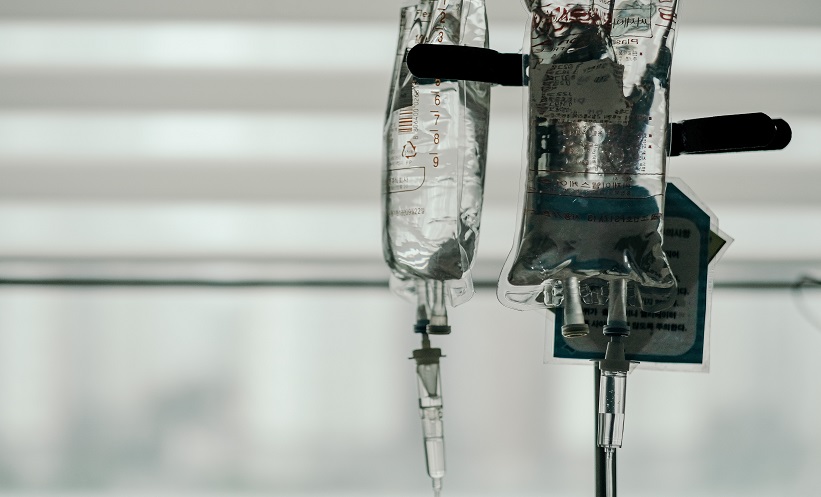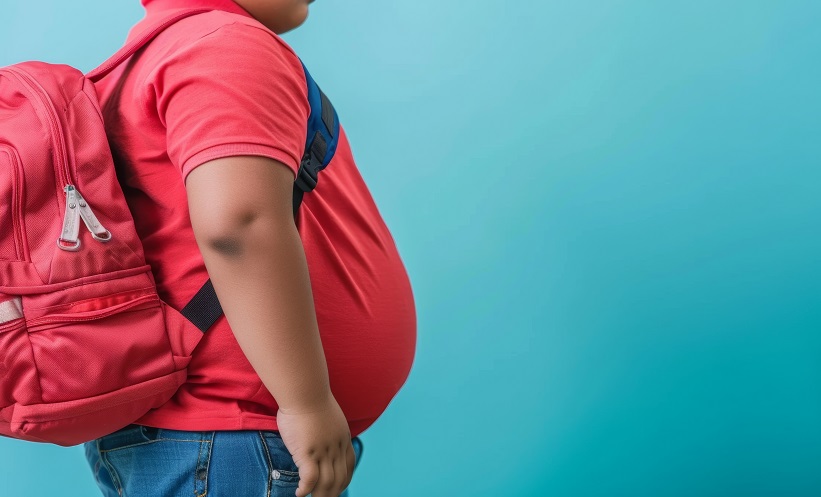POST-TRANSPLANT cyclophosphamide (PTCy) has been recommended following haploidentical hematopoietic cell transplantation (haplo-HCT) to prevent graft-versus-host disease (GVHD). However, disease relapse remains a problem. Donor lymphocyte infusion (DLI) is reported to be effective for treating post-transplantation relapse. Despite this, the efficacy and safety of prophylactic DLI post haplo-HCT, and PTCy in paediatric patients with haematological malignancies is unknown. A research team based at Wuhan Children’s Hospital, Tongji Medical College, Huazhong University of Science and Technology, Wuhan, China, therefore sought to conduct a retrospective study evaluating the efficacy and safety of prophylactic DLI for GVHD prophylaxis after PTCy-based haplo-HCT in paediatric patients with high-risk myeloid neoplasms.
In total, 54 patients were included in the cohort (56% male; median age: 5.6 years). Of those included patients, 46 had high-risk acute myeloid leukaemia, and eight had myelodysplastic syndromes. Most patients (88.9%) received allogenic peripheral blood stem cell transplantation from parents, while the remaining received from siblings. Follow-up duration was a median of 19.7 months. Clinical endpoints included in analysis were neutrophil and platelet recovery, acute GVHD (aGVHD) and chronic GVHD (cGVHD), disease-free survival, GVHD-free relapse-free survival (GRFS), non-relapse mortality, and overall survival.
After a post-transplant follow-up duration of 100 days there was a cumulative incidence of 37.0% (95% confidence interval [CI]: 22.7–48.7%) of Grade II–IV aGVHD and 16.7% (95% CI: 6.1–26.0%) of Grade III–IV aGVHD. The 2-year cumulative incidence of cGVHD was 19.9% (95% CI: 5.9–31.8%), the 2-year rate of moderate/severe cGVHD was 8.1% (95% CI: 0.0–16.7%), and no graft-failure events were reported. Further analysis showed the 2-year rates of non-relapse mortality were 5.1% (95% CI: 0.0–11.7%), compared with 78.9% (95% CI: 68.0–91.6%) for disease-free survival, 16.6% (95% CI: 5.3–26.6%) for relapse, 62.2% (95% CI: 49.4–78.3%) for GVHD-free relapse-free survival, and 87.3% (95% CI: 78.3–97.4%) for overall survival.
The authors concluded prophylactic DLI appears to be effective and safe in the setting of haplo-HCT with post-transplant cyclophosphamide in paediatric patients with high-risk myeloid neoplasms, due to the “excellent engraftment and overall survival, with low rates of relapse” demonstrated by the cohort. The authors acknowledge that the retrospective design, relatively small sample size, and narrow range of haematological disorders are limitations of the study.






